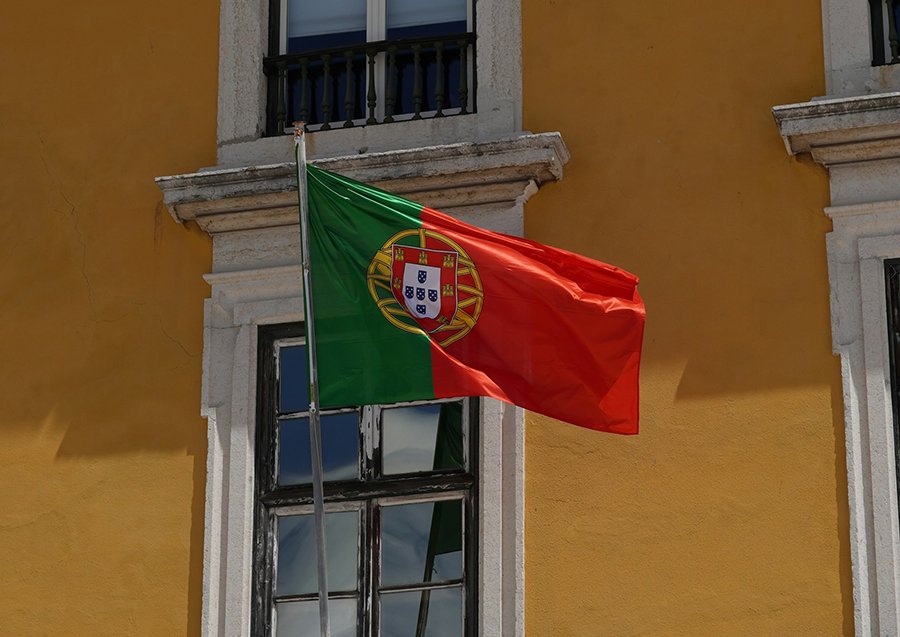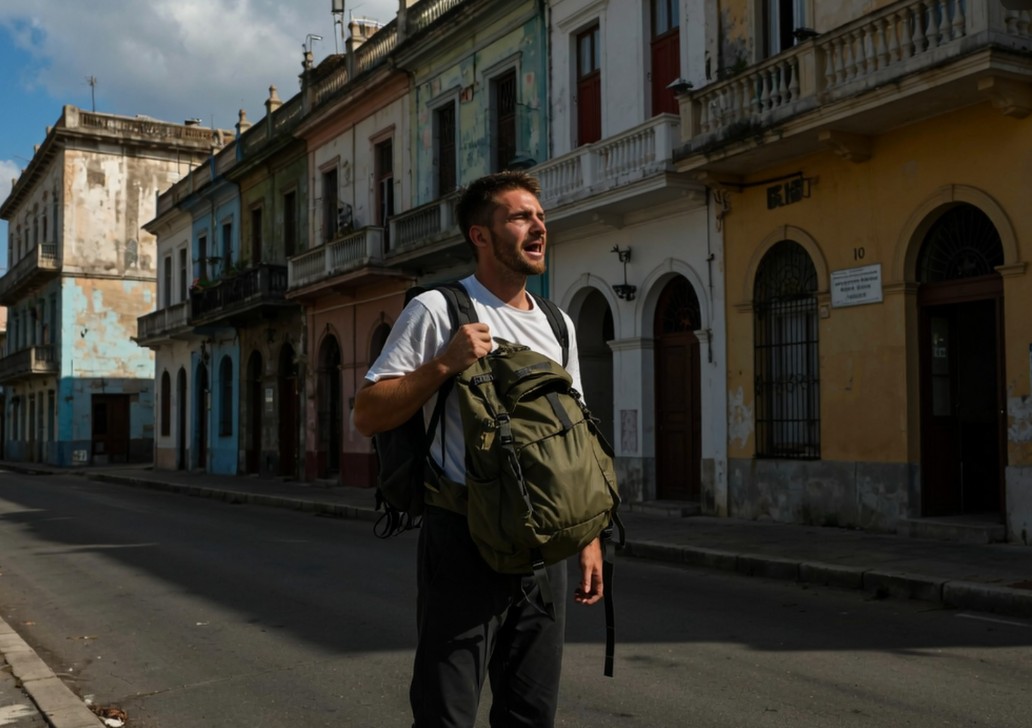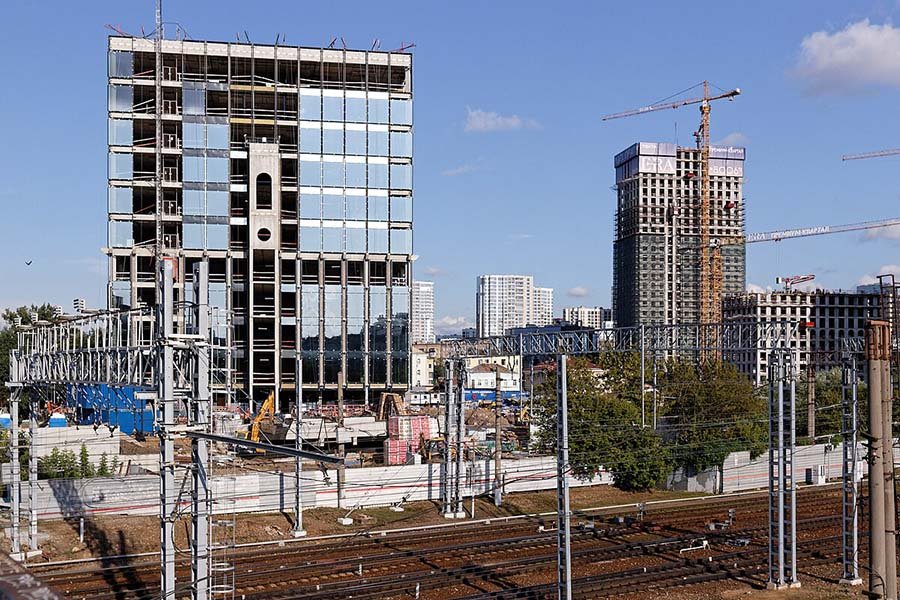читайте также
 Ten Years to a Passport: New Citizenship Rules in Portugal
Ten Years to a Passport: New Citizenship Rules in Portugal
 Top 25 World Economies 2025: Who Shapes Global Growth
Top 25 World Economies 2025: Who Shapes Global Growth
 “Season of Strict Rules”: How Cities Around the World Are Tightening Short-Term Rental Laws — And What It Means for Guests, Hosts, and Investors
“Season of Strict Rules”: How Cities Around the World Are Tightening Short-Term Rental Laws — And What It Means for Guests, Hosts, and Investors
 Turkey to Double the Tax Burden on Landlords
Turkey to Double the Tax Burden on Landlords
 Europe Calls — and Pickpockets Answer: Where Tourists Face the Greatest Risks in 2025 and How Not to Become a Victim
Europe Calls — and Pickpockets Answer: Where Tourists Face the Greatest Risks in 2025 and How Not to Become a Victim
 Thailand to Deport Russians and Crack Down on Visa Runners
Thailand to Deport Russians and Crack Down on Visa Runners
Housing in Moscow’s New Builds Costs 48% More Than Ready to Move In Homes

Photo: Wikipedia
Housing in Moscow’s under-construction buildings is almost 48% more expensive than ready apartments, Kommersant reports, citing bnMAP.pro. In some districts the gap exceeds 300%, driven by subsidized mortgages and rising construction costs. Experts expect this spread to widen as long as subsidy programs remain in place and the pipeline of new projects stays limited.
In September 2025, the average price of homes under construction in Moscow reached 619.5 thousand rubles per sq m. In buildings commissioned within the last five years, prices were lower—419.1 thousand. The difference amounts to 47.8%. The widest gaps were recorded in the city center: Khamovniki (304.2%), Yakimanka (217.9%), Meshchansky (209.8%), and Arbat (206.1%). The maximum spread appears in areas with the highest concentration of high-budget new builds—predominantly premium and luxury—where there is little to no supply in the mass segment.
According to data from the Bank of Russia cited by Izvestia, in Q2 2025 the price gap between primary and secondary housing nationwide reached 60%, and 80% in the Central Federal District. The average price per sq m was 205,000 rubles in new builds versus 128,000 on the existing-homes market. In Moscow the gap stood at about 8% (407,000 vs. 377,000 rubles), in St. Petersburg 4% (278,000 vs. 267,000), while in Krasnodar Krai the secondary market was 14% more expensive than primary.
In Central Russia, new homes averaged 294.1 thousand rubles in April–June, versus 163.8 thousand for ready stock. The spread was estimated at 57% in the Northwest, 44% in Siberia, 12% in the North Caucasus, and 16% in the Far East. In several regions, sales of completed units nearly halved year-over-year, including Krasnodar, Krasnoyarsk, and Samara. According to the Dom.RF analytics center, from January to August 2025 Moscow developers launched 2.5 million sq m of new housing—34% less than in the same period a year earlier.
The rapid price growth on the primary market began in 2020 after the launch of the 7% subsidized mortgage. According to Ekaterina Shchurikhina, Director for Bank Ratings at Expert RA, the housing boom was artificially stimulated by the state program. Over three years, the primary–secondary gap widened from 10% to 40%, and after mass subsidies ended in July 2024, growth continued thanks to family-focused programs. Today, such programs account for about 80% of all housing loans issued.
Primary housing is also becoming more expensive due to rising construction costs. Economist Andrey Barkhota notes that higher prices for materials and labor—amid a skills shortage and a record-low 2.2% unemployment rate—are pushing costs up. Meanwhile, mortgage rates on the secondary market remain prohibitive at around 26–30%. Oleg Kolchenko, Managing Partner at Osnova Group, argues that thanks to lower rates on new builds, a buyer’s monthly outlay is still cheaper for new construction despite the price difference.
Yaroslav Garbuzov, Head of Analytics and Pricing at RKS Development, added that subsidized mortgage programs—primarily the Family and IT mortgages—create steady demand for primary housing, allowing developers to maintain high price levels. The market for “new secondary” (recently delivered stock) receives no such support and operates under freer competition.
Moreover, developers of new complexes have limited pricing flexibility due to rising construction costs, which increased by 5.7% per sq m in H1 2025 alone. This creates a hard price floor for new projects. In July 2025, the construction cost of apartment blocks in Moscow reached 176.3 thousand rubles per sq m, while the average selling price of new builds within the city’s old boundaries stood at 511.5 thousand.
Bank of Russia Governor Elvira Nabiullina earlier called even a 40% gap a “glaring imbalance,” with the persistent spread indicating a potential real-estate bubble that could undermine financial stability. Vladimir Chernov of Freedom Finance Global notes that selling a unit in a newly commissioned building does not offset the price differential. This also raises risks for lenders, as foreclosure proceeds may fail to fully cover outstanding debt.
The expert suggests that by end-2025 the price gap between new builds and secondary housing could expand to 65–70% if demand for the primary market persists. Double-digit growth remains likely if subsidies continue, supply stays tight, and construction costs remain high. A meaningful reduction of the key rate from the current 18% could help level the playing field between secondary and primary markets. For investors, Russia’s real-estate market remains high-risk.
Подсказки: Moscow, Real Estate, Housing, New Builds, Mortgages, Construction Costs, Russia Economy, Prices, Primary Market, Secondary Market





